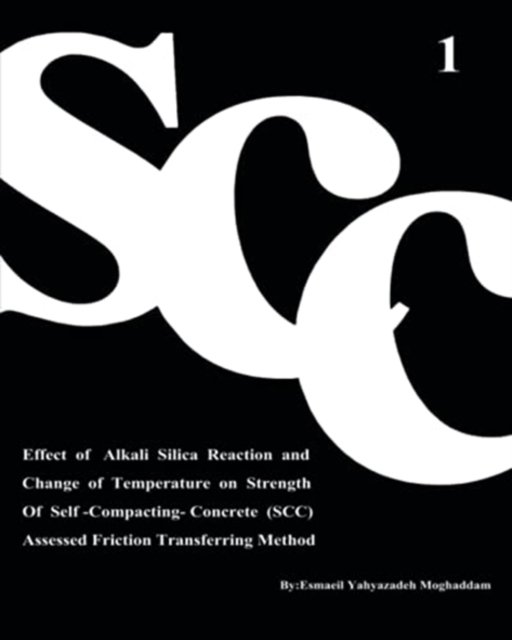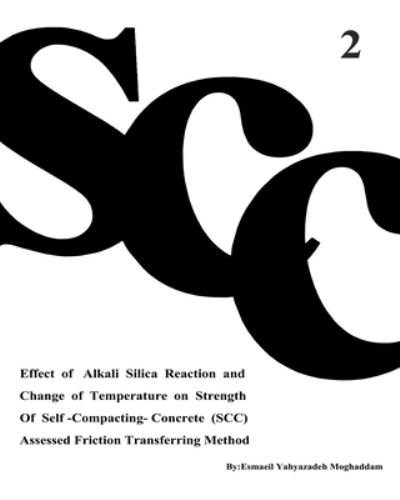
Tell your friends about this item:
Effect of Alkali Silica Reaction and Change of Temperature on Strength of Self-Compacting-Concrete (SCC) Assessed Friction Transferring Method (Vol. 1) - Effect of Alkali Silica Reaction and Change of Temperature on Strength of Self-Compacting-Concrete (
Esmaeil Yahya Zadeh Moghaddam
Effect of Alkali Silica Reaction and Change of Temperature on Strength of Self-Compacting-Concrete (SCC) Assessed Friction Transferring Method (Vol. 1) - Effect of Alkali Silica Reaction and Change of Temperature on Strength of Self-Compacting-Concrete (
Esmaeil Yahya Zadeh Moghaddam
Time, cost and quality are three determining factors in project execution which affects the construction industry to a great extend. Any kind of development causing the improvement of the mentioned factors was always of interest to civil engineers. Due to increasing demand for concrete structures and need to durability and strength from one hand and lack of skillful workers from the other hand leads to formation of a concrete which does not need vibration to be compacted or compressed while concreting. Use of self-compacting concrete increased in industrial countries like America, Japan, ... as a result of having numerous advantages. This type of concrete flows by its own gravity and its mixtures contains super plasticizers to be flown; thought powder content is required for durability and decreasing segregation and leaching. In comparison to ordinary concrete, coarse aggregate content in self-compacting concrete is less which decreases the risk of blockage while passing through armature. After 20 years of self-compacting concrete formation, this type of concrete solve a lot of problems related to the concrete structures especially in structures where vibration is not possible. High efficiency and resistance to separation, no need to vibration, reduction of costs and man power as well as accelerating the construction process are among the main features of self-compacting concrete. With regard to the laboratory techniques and self-compacting concrete production process, this book focuses on resistance of self-compacting concrete to alkaline Silica reactions and freeze-saw based on the existing standards. A comparison between this type of concrete and the ordinary one is also made. Examining self-compacting concrete resistance to alkali silica reaction shows 21% decrease in resistance while the ordinary concrete shows 33% of decrease; In the meantime experiments on curing samples of self compacting concrete in 100 freezing and thaw cycle indicates 11% of decrease in resistance whereas for ordinary concrete is 60%. It is necessary to mention the testing method in this book is based on friction transfer.
62 pages
| Media | Books Paperback Book (Book with soft cover and glued back) |
| Released | April 1, 2020 |
| ISBN13 | 9781947464209 |
| Publishers | American Academic Research, USA |
| Pages | 62 |
| Dimensions | 203 × 254 × 3 mm · 141 g |
| Language | English |
| Translator | Nikbakht, Azam |
More by Esmaeil Yahya Zadeh Moghaddam
See all of Esmaeil Yahya Zadeh Moghaddam ( e.g. Paperback Book )


